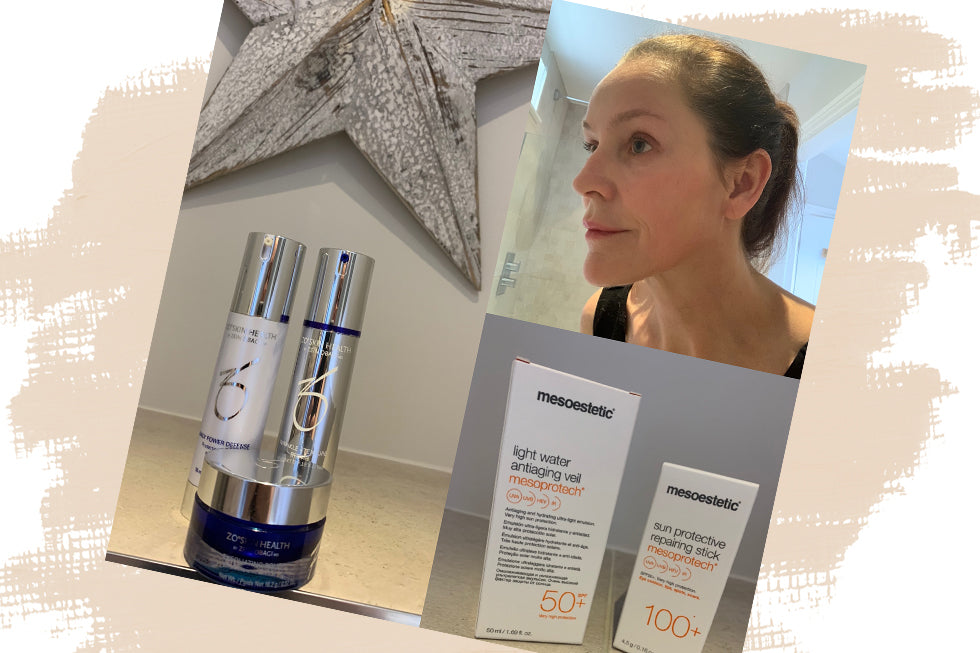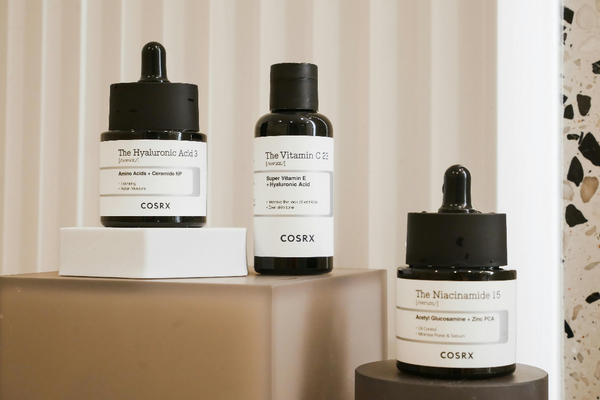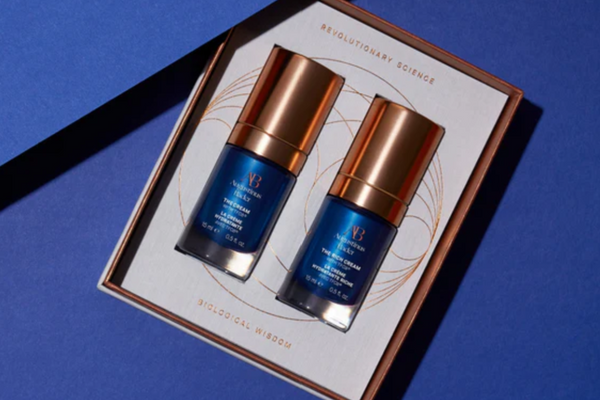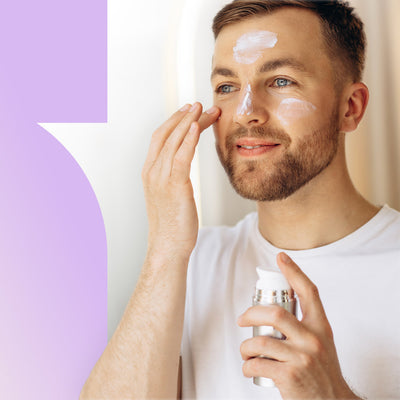One Skin Geek's Journey With Pigmentation
After years of unsuccessful trips to GPs, skin clinics and dermatologists (not to mention the hundreds of pounds I'd spent trying to get some effective help), I decided to tackle my skin...
After years of unsuccessful trips to GPs, skin clinics and dermatologists (not to mention the hundreds of pounds I'd spent trying to get some effective help), I decided to tackle my skin problem myself. It was making me miserable and although I accept a skin condition isn't an illness or life threatening disease but for many people, including myself at the time, it does cause upset and emotional distress. Most of my good friends and patients know that I'm referring to my pigmentation - specifically Melasma/Chloasma - which has been the bane of my 'skincare' life and is in fact, the reason Face the Future came into existence
Kate's experience with pigmentation
I first got melasma on my upper lip at the age of 18, after going on the combined contraceptive pill. Then when I was 27 and pregnant with my daughter, I felt the full force of this annoying skin disorder. Strangely, the pigment on my upper lip disappeared but was replaced by the full-face butterfly pattern, in all its glory. I was really upset and disheartened.
I think it was at this point that I thought enough was enough. I spent a significant amount of time reading, trying to understand how skin works, how pigmentation is formed and more importantly, how to improve it. I started systematically with a trial and error system, trying to understand which product ingredients were effective (or not) and which worked together to get the best results. After several months of disappointing results, I finally found a system that worked for me, and as dramatic as it sounds, it was life changing. My confidence came back, I wasn't scared to put myself forward at work and my social life blossomed.
These are some of the things I learnt on my personal journey with pigmentation:
- You can't cure melasma, though it does occasionally and spontaneously disappear.
- Melasma can move around and change the areas it affects.
- Melasma gets darker when exposed to UV rays.
- Melasma usually occurs after a hormonal event (e.g. contraceptive pill, pregnancy, being pre menstrual).
- Melasma rarely disappears without intervention.
- Most importantly, with good advice, consistent skincare and vigilant sun protection, melasma can be controlled successfully.
It really is important to get help and support with this stubborn and often difficult to treat skin disorder. Ideally you should visit to a good skin clinic with a proven track record of helping patients with Melasma is the first step.
There are some amazing products out there but they are generally strong, very active and can cause some pretty interesting reactions, so support through them is highly recommended.
Over the years, I have seen treatment plans and products from Mesoestetic including Cosmelan and the Tran3x range as well as brands like ME LINE and ZO Skin Health achieve some phenomenal results but like most things when it comes to skin, there is 'no one size fits all' approach and it's important to get the right advice for your individual skin type.
We're here for you
Whilst we can't see you face to face, we are still offering our personal advice service and I'm happy to share my experience of these products and offer advice to anyone struggling with Melasma/Chloasma or Post Inflammatory Pigmentation. Contact our clinic team on info@facethefuture.co.uk. We are here to help, so please stay in contact and use us as often as needed to continue your skin health journey.
Our online shop continues to operate as normal, following government guidelines, so you can continue to purchase the skincare products you love. If you have any questions, please contact our customer service team on shop@facethefuture.co.uk or call 0113 282 7744.
Written for you by: Kate, Face the Future
Background image source: freepik.com
























